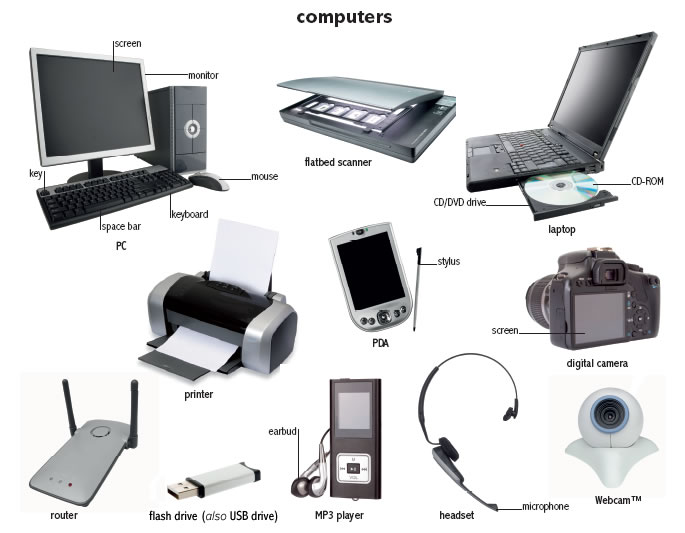In today's tech-driven world, finding quality computer parts at a competitive price can be a daunting task. The demand for high-performance components is ever-increasing, while budgets often fall short of needs. This is where overstock computer parts come into play, offering a abundance of options for smart shoppers. Whether you are looking to upgrade your present setup or create a new system from scratch, understanding how to manage the surplus market can allow you to save you considerable money without compromising on quality.
This definitive guide aims to equip you with the knowledge you need to efficiently buy surplus computer parts online. From identifying dependable sources to understanding what to look for in different components, we will cover everything you need to make informed purchasing decisions. With insights on worth, quality evaluations, and common mistakes, you'll be well-prepared to find the top deals on surplus parts, ensuring that your system runs smoothly and efficiently.
Ten Best Things to Keep in Mind When Shopping for Surplus Computer Parts
When considering surplus computer parts, the first thing to think about is the state of the components. Always look for components that have been tested for functionality and come with a warranty or return policy. Parts that show little evidence of use are generally preferred options, as they are more inclined to perform well. It is also beneficial to look at testimonials from previous customers to gain insights into the reliability of the parts from various suppliers.
After that, matching is important. Ensure that the surplus parts you are considering are fitting with your existing system. This includes confirming specifications like connector type for CPUs or the size of motherboards and cases. Additionally, be mindful of the memory specifications, such as RAM speed and kind, to avoid issues down the line. Double-checking these details can save you a lot of hassle and ensure you get the most out of your components.
Finally, don't neglect the risk of counterfeit parts. When purchasing surplus items, always shop with reputable sellers with positive ratings and a history of satisfactory sales. Familiarize yourself with what authentic components should be like, including labels and packaging, to identify potential fakes. Verifying the authenticity of parts can prevent you from investing in low-quality items that could affect your system.
Tips for Spotting Premium Overstock IT Equipment
During your hunt for overstock IT equipment, the condition of the parts is crucial . Always make sure to check out seller reviews and reviews to determine their credibility . Top-notch components usually originate from trusted suppliers that provide detailed descriptions and high-quality photos . Be mindful of any marks of wear, blemishes , or damage in the product photos . Reliable vendors frequently conduct assessments to ensure that the items are functional and adhere to specific criteria .
Compatibility is an important consideration in selecting top-notch overstock items. Ensure you match the details of the parts with your established configuration. Look for item codes, cross-reference charts, and any necessary connectors or connections . A top-notch excess item should seamlessly integrate with your system without the necessity of major changes. By confirming compatibility, you can avoid issues that might come from dissimilar items.

Finally , inquire about assurances or refund policies when considering excess components . A reputable supplier should provide some form of warranty , indicating trust in their merchandise. This not only secures your money but also gives you peace of mind . If a seller fails to offer clarity on exchanges or guarantees, it could be a warning sign regarding the integrity of their overstock items. It’s essential to prioritize sellers who offer support for their items .
Are Excess PC Components a Good Investment? Key Considerations
In contemplating excess computer parts, you should consider the possible savings in relation to associated risks. Surplus parts can be significantly less expensive compared to new components, making them appealing for cost-aware builders and upgraders. However, the quality of excess components can vary greatly, so it's crucial to conduct extensive research and verify you're purchasing from trusted sources.
A further key factor is the potential performance and compatibility. While many surplus parts may function as if they are new, a few could have wear or technical limitations. read this post here to research specific parts before buying and to know the requirements of your system requirements to avoid compatibility issues that could lead to wasted money and time. Look for reviews and resources that highlight customers’ experiences with particular surplus items.
In conclusion, consider the long-term implications of using surplus components. Although the upfront cost savings can be attractive, it's vital to account for considerations such as warranty, customer support, and the simplicity of replacement in case of failures. Weighing these factors will help you determine if surplus computer parts are a worthy investment for your requirements.
